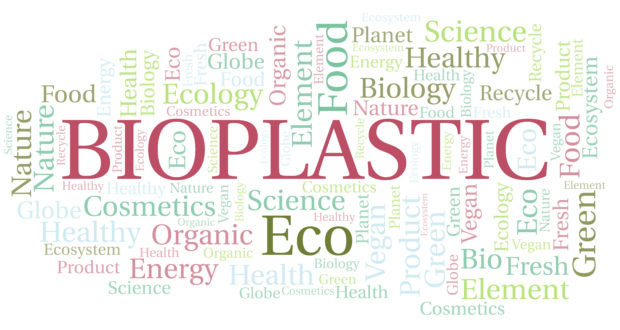From grocery bags to children’s toys, plastic is everywhere in the modern world. While the uses for plastic seem to be limitless, all this plastic does come at a price – the amount of plastic pollution has reached alarming levels in recent years. But suppose an alternative plastic could be created from the hemp plant?
Looking at the Numbers
The amount of plastic manufactured on a yearly basis is quite amazing; in the year 2015 alone, the worldwide amount of plastic produced reached 381 million tons. The problem with all of this plastic production is that relatively little of it is recycled. In fact, of the 381 million tons of plastic produced in 2015, less than one-fifth was believed to have been recycled. About a quarter of this figure was destroyed by incineration; the remaining 55 percent was simply dumped into landfills or poured into the world’s oceans.
Since the 1980s, efforts to increase plastic recycling have had some success in curbing plastic pollution. However, the figures from 2015 clearly show that a majority of plastic products still wind up in either the ocean or the dirt. Since plastic takes anywhere between 400 and 1,000 years to fully degrade, this is not a situation that can continue indefinitely. It is estimated that there are already 150 million tons of plastic floating around the world’s oceans.
Help From Hemp
The idea of using plants to create plastic dates back a lot further than you might expect. In fact, the first plant bioplastics first became available to the public in 1912. To make such products, bioplastic manufacturers used the cellulose found in corn, cotton – and hemp. Plant-derived plastics remained in wide circulation until the 1960s, when they were replaced by synthetic plastic.
There are a number of reasons why plastic could function as an ideal source of bioplastic. For example, hemp not only grows very fast, but also grows very tall, reaching heights of up to five feet after just a few weeks. If allowed to grow unimpeded for months, the height of hemp plants can reach twenty feet. To put it another way, a hemp farmer could harvest quite a lot of hemp fiber over a relatively short period of time.
Some companies have already explored the possibility of using hemp as a plastic alternative. One such company on this list is Lego, one of the world’s most popular toy producers. A potential drawback to hemp-based plastic is cost; however, this might change as the cost of petroleum increases (petroleum is essential for the production of plastic). Consequently, a cost-effective method for making bioplastics could emerge at some point in the future.
 Natural Knowledge 24/7 Educate yourself with nutrition, health and fitness knowledge.
Natural Knowledge 24/7 Educate yourself with nutrition, health and fitness knowledge.






